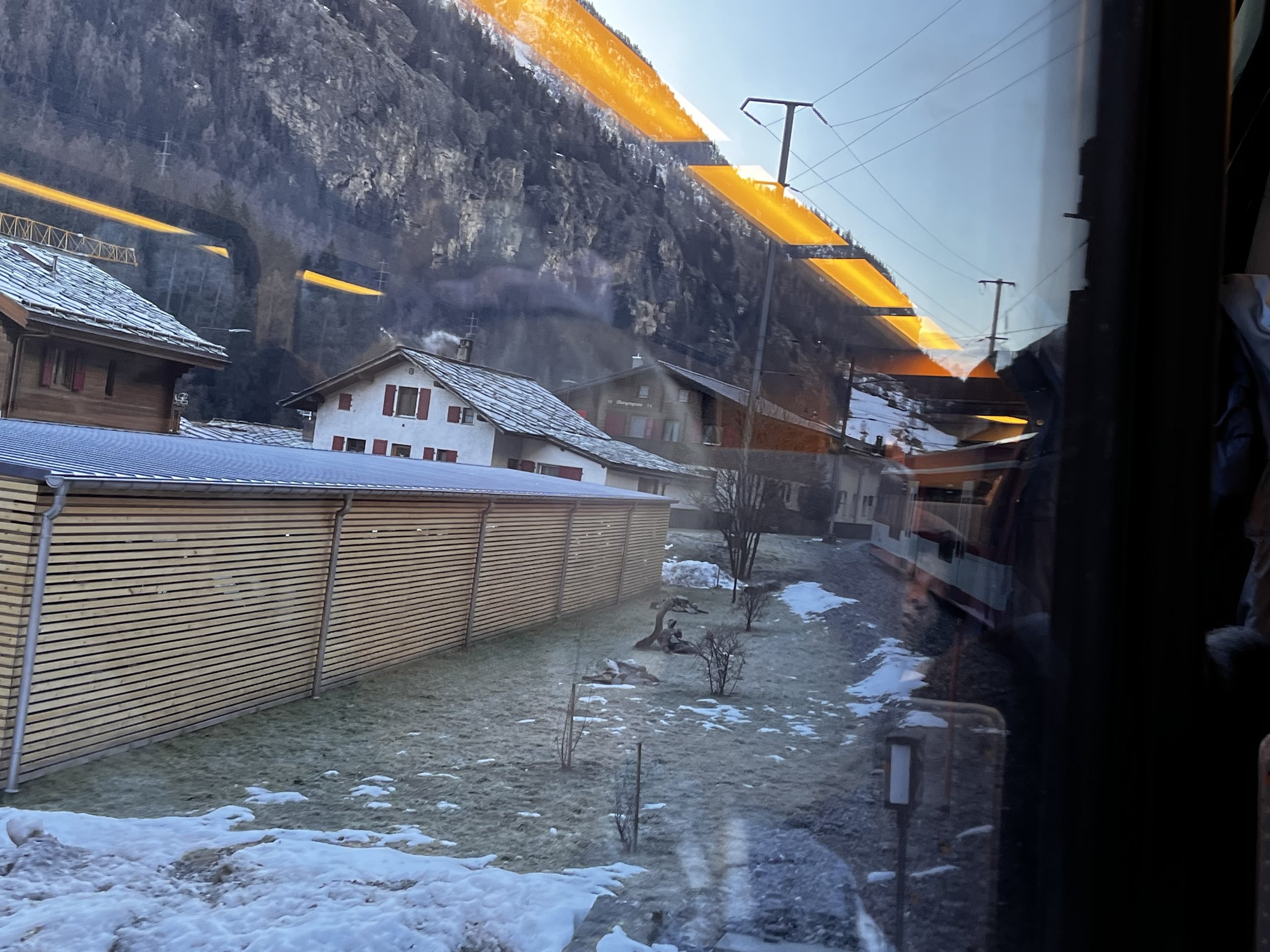How to plan a winter group trip to Europe?
Embarking on a memorable journey is as much about the emotions you experience as it is about meticulous planning. In this post, we'll delve into the crucial nuances of trip planning, addressing questions like the choice of transport, navigating from point A to B, selecting accommodations and food. While my planning method may not be foolproof, it serves as a solid starting point to unravel the labyrinth of travel logistics. This post is a continuation of the stories I shared about my family's recent two-week-long trip in Central Europe during the Winter Wonderland Expedition.
How to move around in Europe?
Trains. In short, that's your best bet. Let me elaborate.
Accessibility: Most train stations are conveniently located in the heart of city centers, easily accessible via public transport within a short timeframe compared to reaching an airport.
Baggage: Airlines often charge hefty fees for additional luggage, a concern for those traveling from afar. Trains, on the other hand, provide a hassle-free experience. Arrive at the station about 30 minutes before departure, drop your luggage in the designated area, and you're good to go. Our experience revealed that inter-country or long-distance trains typically offer dedicated spaces for larger bags and overhead compartments for backpacks.
Picturesque: Picture this - a winter journey between Salzburg and Zurich, with snow-clad mountains, charming villages covered in fresh snowfall, semi-frozen lakes, and dreamy huts. This wasn't aboard a fancy Swiss train but a regular Intercity or Euro City connecting two cities.
Flexibility: Train journeys offer flexibility with options such as flex tickets allowing you to take any train during the day, and day passes enabling travel throughout the country. Whether you underestimated the time to explore a place or encountered unexpected weather changes, flexible train tickets provide solutions for various scenarios, ensuring a seamless and adaptable journey.
Just a regular view from a train in Alps.
Our family relished the convenience, comfort, and breathtaking views afforded by train travel. The reliability of the trains was truly remarkable - even with tight 5-10 minute changeovers, we effortlessly made our connections. We were fortunate to experience journeys aboard some of Europe's iconic trains, including the Nightjet operated by OBB, the Gornergrat Bahn in the Swiss Alps, and the Frecciarossa in Italy, to name just a few.
To maintain flexibility with our travel arrangements, we opted for the InterRail/Eurail pass. This pass grants access to any train on the day you activate it, offering various plans to suit your needs. We selected the 4 days in a month plan, allowing us to travel on any four days within a month. After careful consideration, we determined that if a train journey on the day of travel costs more than 60-70 euros, the pass would be more cost-effective than purchasing individual tickets. While some trains require special reservations for an additional fee, a reliable method to confirm if your chosen train is included in the InterRail network is by using their journey planner available on their website.
Where to Stay?
All our travel bookings were made through Booking.com and Airbnb, where we secured a variety of accommodations including apartments, hotel rooms, and hostels. Our strategy was simple: in larger cities like Paris or Rome with robust public transportation and ample housing options, renting an entire apartment proved both economical and comfortable. Conversely, in smaller, more expensive towns, opting for a hostel was the more budget-friendly choice. Surprisingly, our experience of sharing a dormitory in a hostel with family was quite positive. Specifically, during our trip, we rented three-bedroom apartments in Rome and Paris, booked hotel rooms for each couple in Venice, and stayed in a hostel dorm in Salzburg. Our budget ranged from 30 to 70 euros per person per night.
An essential aspect to consider when booking accommodation is its accessibility according to your itinerary. For instance, in Salzburg and Venice, we opted for lodgings near the central railway station since we arrived late in the evening. Additionally, it's advisable to thoroughly review the feedback from previous guests before finalizing any reservation. While it may be tempting to splurge on a pricey hotel boasting an incredible view of a landmark, we resisted this temptation. Instead, we opted to allocate our savings towards exploring a wider array of activities and attractions in the area.
View from the apartment in Paris.
Where to Eat?
Indulging in local delicacies is a must on everyone's travel agenda, and we certainly savored some mouthwatering dishes during our trip. A standout for me was the Cacio e pepe from Cantina e Cucina, a true culinary delight. Another memorable experience was sampling the fried artichoke, a dish that exceeded all expectations. For coffee enthusiasts like myself, Antico Caffè Greco is a must-visit. This charming café, nestled in a vintage bungalow, exudes an antique charm and serves exceptional coffee. And no visit to Rome is complete without savoring a meal at a Forno. These quaint bakeries offer freshly baked pizza and other local delights at incredibly affordable prices. Our top pick was the pizza topped with fried eggplants and potatoes at Forno Feliziani.
Another wallet-friendly option is to purchase food from local grocery stores. During our time in Switzerland, we relied heavily on Migros for most of our meals. Additionally, falafels served as our go-to fast food when we were feeling fatigued and in need of a quick bite. In some of our accommodations, we were fortunate to have access to a fully equipped kitchen, allowing us to prepare hearty meals ourselves.
Our food adventures were a combination of famous eateries, budget friendly options and home-cooking. I think this balance is necessary to cater to varied interests within the group and also to not stretch your wallet too much.













